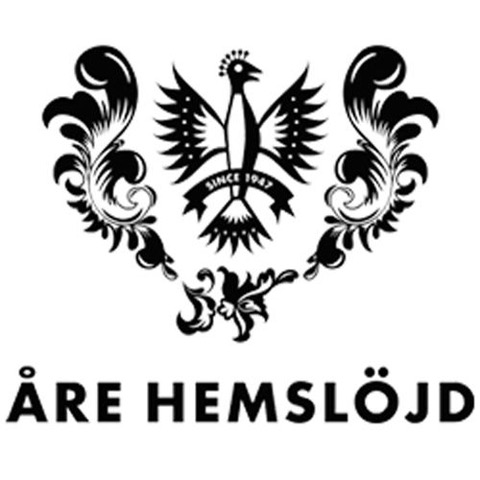
- Home
- Our products
- VARM O KALL
- VINKYLARE
- STEKSTEN
- Stone to keep warm or cold
- Wine Cooler
- Cooking Stone
- STENKALL BRUN
- STENKALL VIT
- Whisky on the rocks Rocks
- Brown Spirits Cooler
- White Spirits Cooler
- Whisky Stones TÄLJSTEN ORIGINAL
- Pure Swedish
- History
- Our partners
- Documentation
- Contact
History
HISTORY
All the objects presented on this site are made of traditional soapstone, extracted in Handöl in the Jämtland area of Sweden. With a touch of originality, our products are able to respond exactly to the needs of the twenty first century, even though man has used soapstone for thousands of years. Already, the Vikings used it to make their cooking pots and kitchen utensils.
Its unique characteristics
A very soft rock, soapstone is renowned for how easy it is to work as it is essentially made up of talc. Moreover, the term « soapstone » comes from the Latin « Ollare » which means « to make earthenware » As opposed to granite and other compounds, soapstone has a smooth surface which is very soft to the touch. The thing that really sets it apart, however, is its unique ability to store hot and cold temperatures and to restore them very slowly.
Handöl
Soapstone extraction in the Handöl area of Sweden has been traced back to as early as the XVI century. Handöl is not only famous for its soapstone deposits but also because it is situated at a dead end as strangely the Jämtland road stops there.
To know more...
According to the tax registry of the time, the owners of the soapstone quarry were peasants and paid the highest taxes in the whole of the Äre region.
In 1685, Urban Hiärne, doctor to King Karl XI of Sweden, went to the Jämtland area to visit the mountainous ranges on the Swedish-Norwegian border – « the hill where the fire and water resistant soapstone, is extracted » He was the first prominent person to visit the soapstone quarry. Even if soapstone was already recognised for its qualities and its value, Urban Hiärne noticed with regret how badly and wastefully the stone was being handled. In his travel log, he says « Praise be to God that I was able to accomplish this difficult and dangerous journey ».
It wasn’t until 1869 that a consortium bought the extraction rights to the soapstone deposits and neighbouring waterfalls from their peasant-owners. Then came the railroad in 1882 to complete the industrial transformation of the site. Handöls Täljstans och Vattenkrafts AB was founded in 1900 and made woodburners, pans and cooking stones. The firm took part in several trade fairs and exhibitions including the Universal Exhibition in Paris in 1900 where it came away with first prize.
In the 40s, the firm is at the height of its activity employing 130 people. In 1936, a road is finally built to the factory. Woodburners are Handöl’s showcase product and could be found in all the waiting rooms of Sweden’s Railway network. In 1946, a decline in the company’s activity sets in. Decreasing energy prices turn market attention away from the calorific properties of soapstone.
It wasn‘t until 1986 that the current owner decided to restart the company with his 11 employees. Since then, the firm has experienced a new boom in activity, thanks to a renewed interest in the exceptional calorific properties of soapstone and the resulting energy saving applications.
The TRUE origin of whisky stones
As opposed to numerous reinvented legends on the subject, the use of soapstone to cool or keep cool is very recent. It was in the 90s that Marianne Berggrund produced « icecubes that never melt » for the very first time and baptised them Whisky on the rocks Rocks. Whisky stones were born! Since then, the family business has developed the range of products that you now know and will hopefully soon appreciate. Although there are copies now in circulation on the market, only Täljsten’s genuine soapstone can give you that 100% guarantee of quality and satisfaction.
To know more...
It was while observing in the workshops and talking to customers that Marianne Barggrund discovered the thermal characteristics of soapstone. Only used up to this point for its ability to heat, Marianne decided to use soapstone for its cooling capacities. It was in this way that she produced the first « ice cubes that never melt » with leftover stone fragments. Satisfied with the result, she re-worked and improved her designs, which have now become the key element to the enjoyment of whisky.
Quickly available on the market and advertised as a good gift idea, whisky stones become headline news on several television programmes. Marianne’s whisky stones seduce the fashionable areas of Stockholm and then go on to cross borders …


















